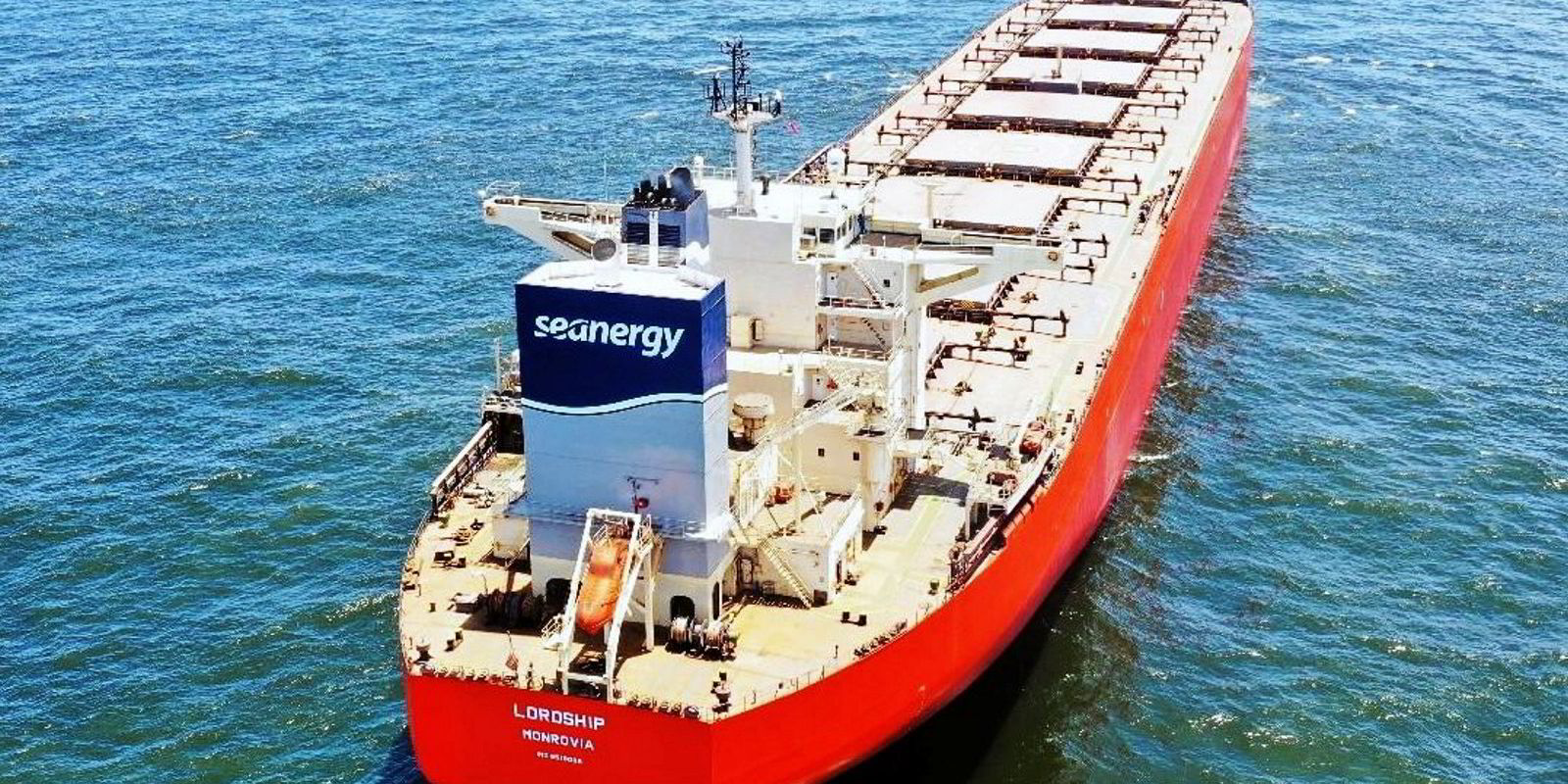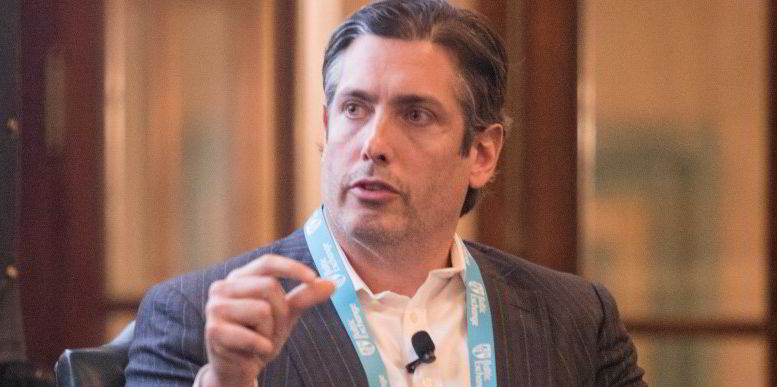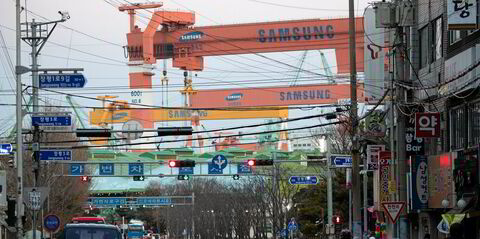A top commodities analyst at Goldman Sachs has claimed the ferrous metals markets looks set to enjoy a prolonged supercycle.
Nicholas Snowdon, Goldman Sachs head of base metals and bulk research, said on Tuesday that he believed the price increases for raw minerals over the past 12 months are part of a pricing trend that points towards the beginning of a supercycle.
Speaking at the Singapore Iron Ore Forum, Snowdon claimed the underlying trends that look set to play a role include the drive for decarbonisation, regional manufacturing and supply chain shifts and a dose of discipline on the part of mineral producers.
Snowdon said the broad focus by governments on decarbonisation will require an expected $16trn in new infrastructure investments.
“Green infrastructure and renewables are going to be very metals/commodities intensive,” Snowdon said.
Rod Dukino, BHP vice president of sales and marketing for iron ore, concurred. He claimed that decarbonisation will require two times the amount of steel currently produced, four times the amount of copper, as well as significant increases in the amount of cobalt, nickel and manganese — all key ingredients in lithium batteries.
“We are super optimistic of the role we will play among that demand,” Dukino said.
Supply chain shifts
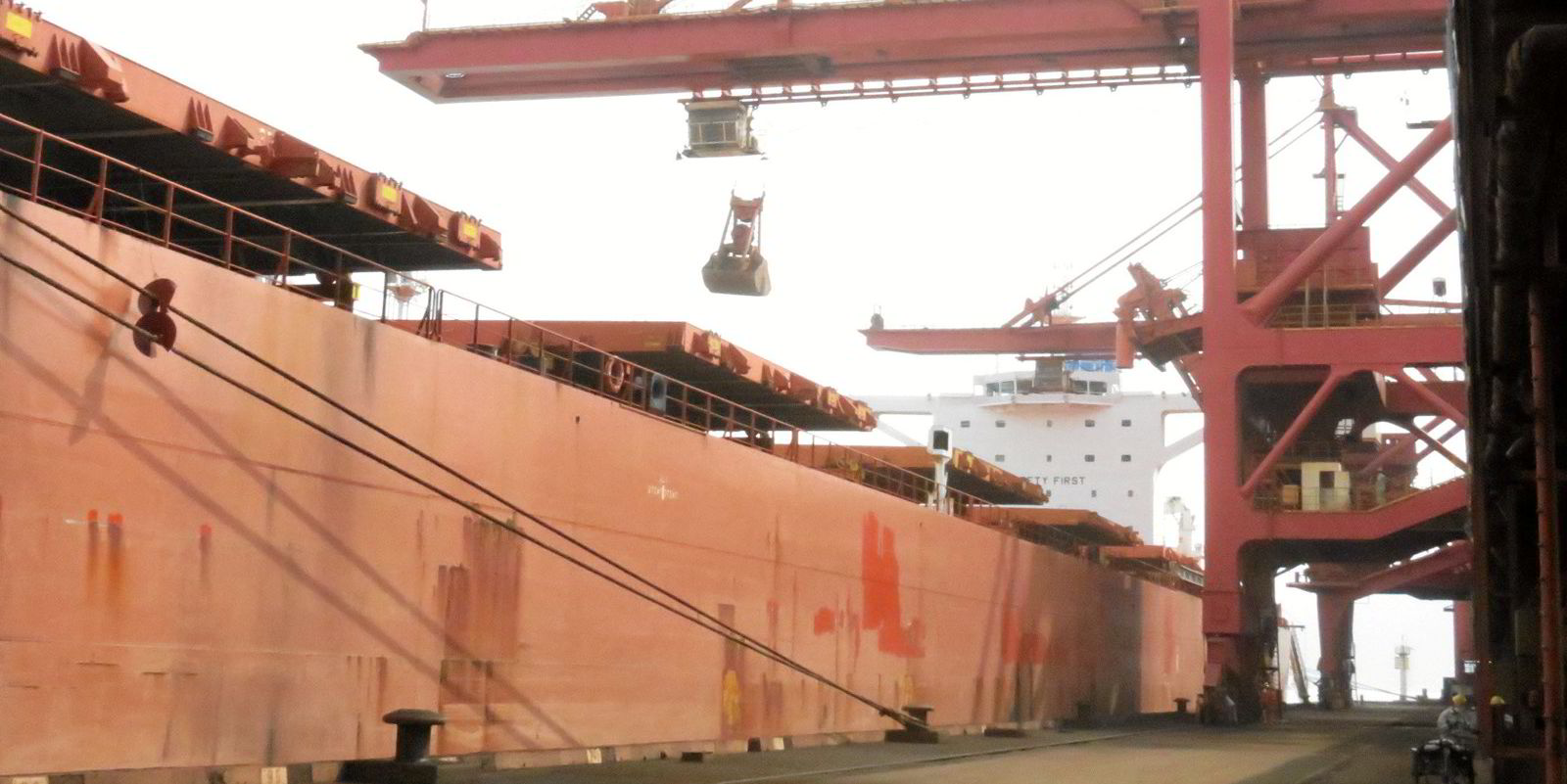
Snowdon said the Covid-19 pandemic played a strong role in the rise of commodities prices.
“The pandemic has taught us that global supply chains are incredibly fragile,” he explained.
This, according to Snowdon, has led to pivotal shift towards regional manufacturing. This is in contrast to the trend over recent decades to consolidate manufacturing in one location — China.
“Global trade volumes are under pressure. Trade is becoming more local. We will see manufacturing development in other economies very much linked to green capex,” he said.
China, Snowdon added, is seeing its advantages in the global supply chain diminish.
Mineral producers predict that the global seaborne iron ore trade, combined with Chinese domestic production, will reach 1.9bn tonnes in 2021. This is approximately 50m tonnes up from 2020.
- BHP vice president of sales and marketing for iron ore Rod Dukino said the company was enjoying a strong year and is on track to export between 276m and 286m tonnes in 2021.
- Rio Tinto vice president of sales and marketing for iron ore Simon Farry said shipments were up 7% in the first half of 2021, and the company expected to export between 325m and 340m tonnes from its Pilbara mines in Australia and an additional 18m to 20m, from its mines in Canada.
- Vale global iron ore sales director Luiz Meriz said the Brazilian mining giant was confident it would reach its export target of 400m tonnes of iron ore in 2021.
“Labour costs in China are no longer a significant advantage,” he explained, adding that China’s significant decarbonisation efforts are also playing a role.
Furthermore, China, no longer has the weak environmental oversight it had during its earlier push for rapid industrial growth.
“What will result is a remapping of global commodity flows and stronger buffers in supply chains,’ Snowdon said.
Simon Farry, Rio Tinto vice president of sales and marketing for iron ore, indicated that the beginnings of this trend could already be seen.
Chinese mineral demand was not affected by Covid-19; in fact it grew during 2020, Farry explained, while Rio Tinto’s sales to customers in other countries were significantly cut back.
However, Farry said buying volumes from non-Chinese customers during 2021 “came rushing back at rates our customers were not ready for and we did not expect”.
Tracy Liao, vice president of commodities strategy at Citi, said the Ukraine, Canada, South Africa and a few other marginal iron ore producing countries used to export the bulk of their pellets to China, but this year has seen some redirection of exports to non-Chinese markets.
Revenge of the old economy
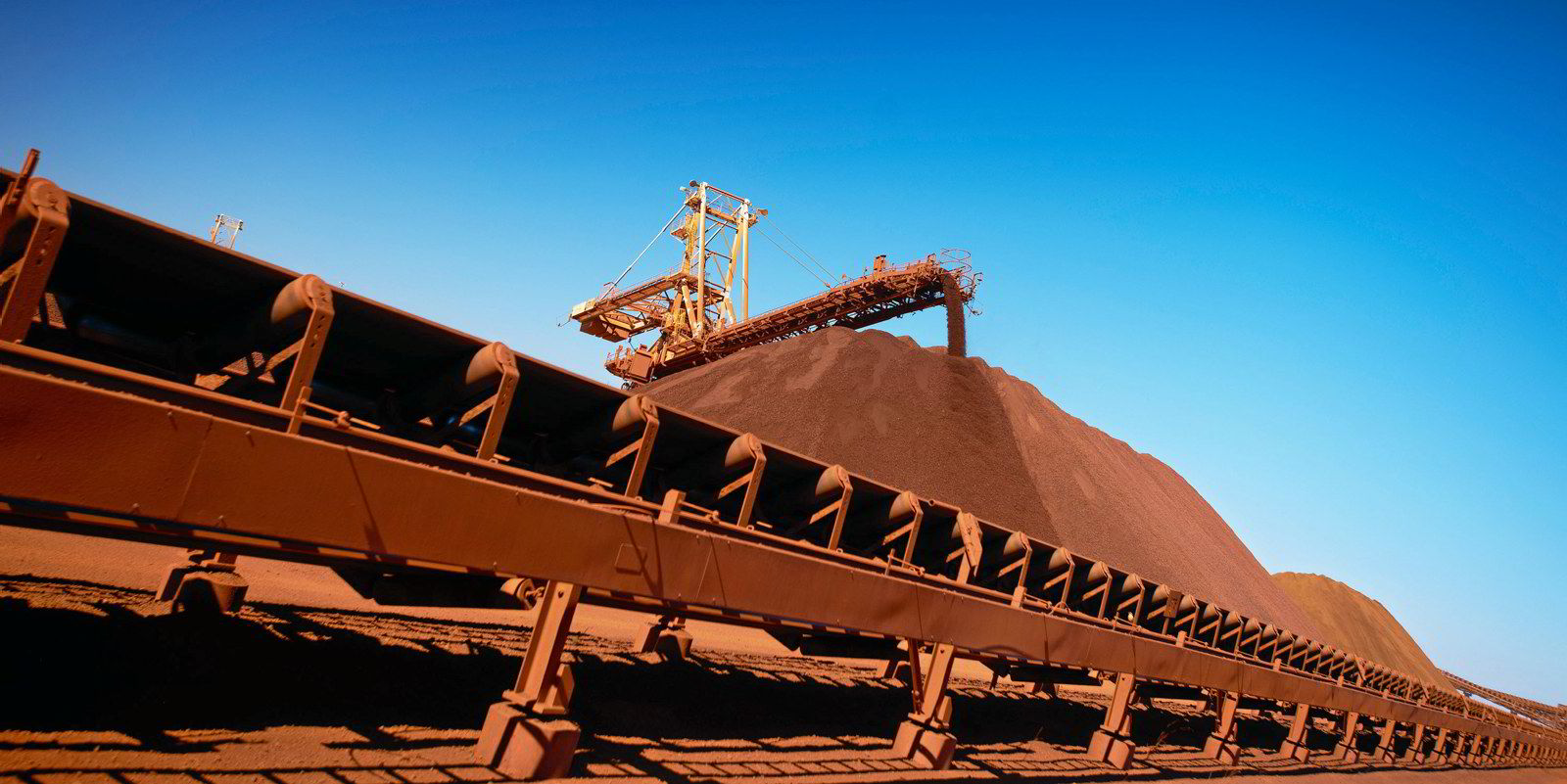
Tight market supply in minerals has been caused in part by disciplined capex spending among the world’s largest minerals producers, a move that Snowdon described as the “revenge of the old economy”.
“We have seen a substantial diversion of capital from the old economy to the new [technology] economy and have now entered a point where there is very little appetite to invest in the old,” Snowdon said.
“Total capex investment for commodities is a third of levels in the 2010s, and there is still very limited appeal to swing back to previous levels. Investment is substantially lower than in the last super-cycle, which is a key feature for a bullish cycle.”
Snowdon said demand growth rates for minerals will be stronger during the 2020s, but will be set against a restrained supply side.
“Prices will have to rise to supply this tight supply market,” he said.
Snowdon cited iron ore as a “poster child example of a revenge economy”.
Iron ore, he noted, has enjoyed a bull run for the past two-and-a-half years, but supply growth has not responded to high prices as producers are displaying “really clear discipline” in capex spending.
With no risk of a major supply growth response, Snowdon said it was likely that iron ore prices would remain in excess of $200 per tonne over the next few years.

